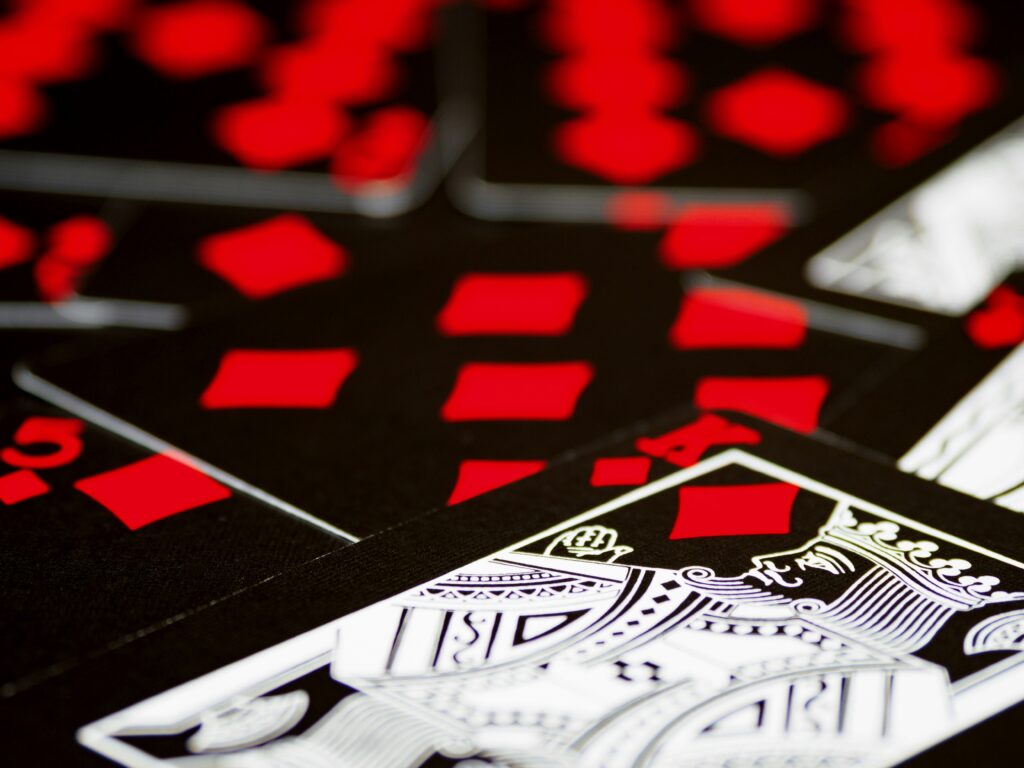Reorganize this word puzzle to form the phrase “tuneless dot pot.”
Have you ever tried to solve word puzzles that challenge your thinking and creativity? Well, here’s a fun one for you to tackle. Simply rearrange the letters below to form a familiar phrase. Ready? Let’s see if you can rearrange this jumble into a recognizable saying.
Insert puzzle: t, e, d, o, l, n, u, p, s, t, o, e, t, p
Unveiling the Solution:
Now that you’ve spent some time pondering over the jumble of letters, it’s time to reveal the hidden phrase. The correct arrangement should spell out “tuneless dot pot.” Did you manage to crack the code? If so, great job! If not, don’t worry – these word puzzles can be tricky, but they’re excellent brain teasers.
Tips for Solving Word Puzzles:
Take your time: Don’t rush through the puzzle. Relax and let your mind work through the jumble of letters slowly. Break it down: Try breaking the letters into smaller groups to see if any patterns emerge. This can make the solution clearer. Think outside the box: Sometimes, the answer to a word puzzle isn’t as straightforward as it seems. Be open to creative solutions. Practice makes perfect: The more word puzzles you tackle, the better you’ll become at deciphering them. Keep challenging yourself!
Conclusion:
Word puzzles are a fantastic way to test your cognitive skills and have some fun in the process. Whether you’re a casual puzzler or a seasoned pro, these brain teasers offer a great mental workout. So, the next time you come across a word puzzle, remember to approach it with patience, creativity, and a touch of curiosity. Who knows, you might just surprise yourself with how quickly you can crack the code!


